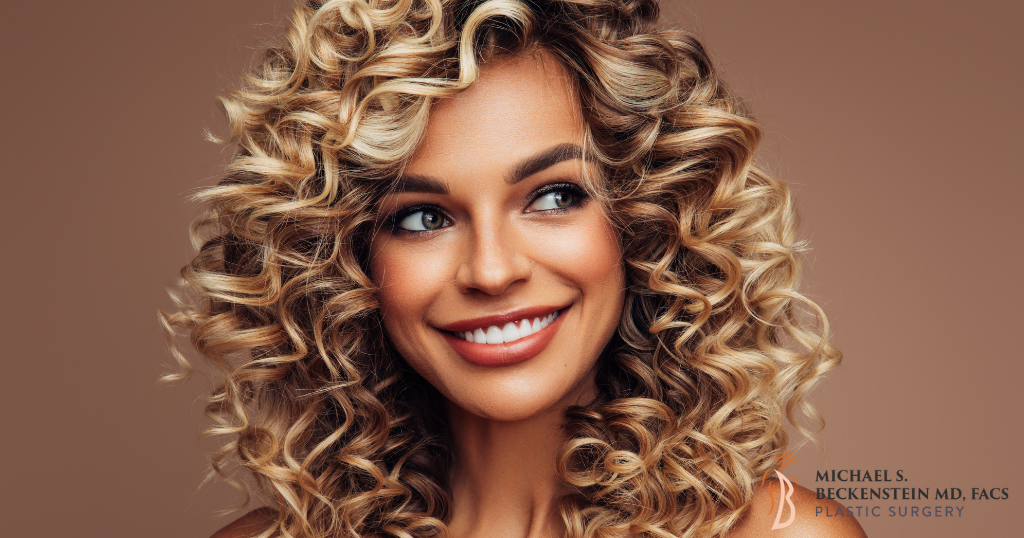Did you know BOTOX was used long before being approved for cosmetic use to treat people with twitching eyelids? While that’s true, that isn’t one of the most common questions asked by our BOTOX patients in Birmingham, AL. But they, and patients throughout the U.S., still have many questions about BOTOX—which is the most popular cosmetic treatment in the world.
In this post, we’ll answer some of the most frequently asked questions about BOTOX. These are questions that patients ask at our practice, in addition to queries you may have come across on websites such as RealSelf.
How Does BOTOX Smooth Wrinkles?
The answer to this question involves understanding that not all wrinkles develop the same way. Many of the wrinkles and folds that emerge are caused by sun exposure, natural volume loss, and the age-related decline of collagen and elastin production. These “static” wrinkles are often treated with fillers.
BOTOX, on the other hand, is a type of drug called a neuromodulator. It’s injected in areas where the movement of tiny facial muscles creates “dynamic” wrinkles—often called expression lines. BOTOX injections relax the muscles that make wrinkles, such as crow’s feet and worry lines. The result is smoother, more youthful-looking skin.
Will My Face Look Frozen?
One of the primary concerns patients have is that they’ll look unnatural after getting BOTOX. Pictures of celebrities whose faces appear frozen fuel those concerns. Experienced injectors who perform BOTOX treatments know that a conservative approach can create the desired results without looking unnatural.
What Can BOTOX Treat?
The most common targets for BOTOX, as mentioned above, are crow’s feet at the corners of the eyes, vertical worry lines (the “11s”) between the eyes, and horizontal forehead wrinkles. But BOTOX can also create a slimmer jawline when it’s injected into the masseter muscle in the upper jaw, reduce the appearance of “bunny lines” on the bridge of the nose, and minimize chin dimples that look make skin look like an orange peel. The versatility of BOTOX also includes treating excessive underarm sweating (hyperhidrosis) and a number of other non-cosmetic uses.
How Long Do Results Last?
This can vary from patient to patient, but typically patients can expect to see results last about 4 months. Patients often schedule maintenance treatments every 4 to 6 months.
Can BOTOX Prevent Wrinkles?
If you’ve been researching BOTOX, you’ve likely come across articles discussing preventative BOTOX for patients in their late 20s. Getting BOTOX injections before you notice lines developing can postpone, if not prevent, wrinkles. Many people find it’s an effective preventative step to relax those key facial muscles before wrinkles appear.
Can You Become Immune to BOTOX?
Patients often ask if they can develop a resistance to BOTOX over time. Even though this can occur, it’s certainly not inevitable. Allergan, the company that makes BOTOX, conducted clinical trials that show that no more than 1.5 percent of patients develop any “neutralizing antibodies” that limit its effectiveness. In short, only about one in 10,000 people have a natural resistance to the drug. Many people get BOTOX treatments for decades with good results. In some cases, BOTOX may stop being as effective because patients have aged not built up an immunity.
If you’re looking in Birmingham for a BOTOX provider, you can request a consultation using the online form or call us at (205) 933-9308 to schedule an appointment.


Leave a Reply